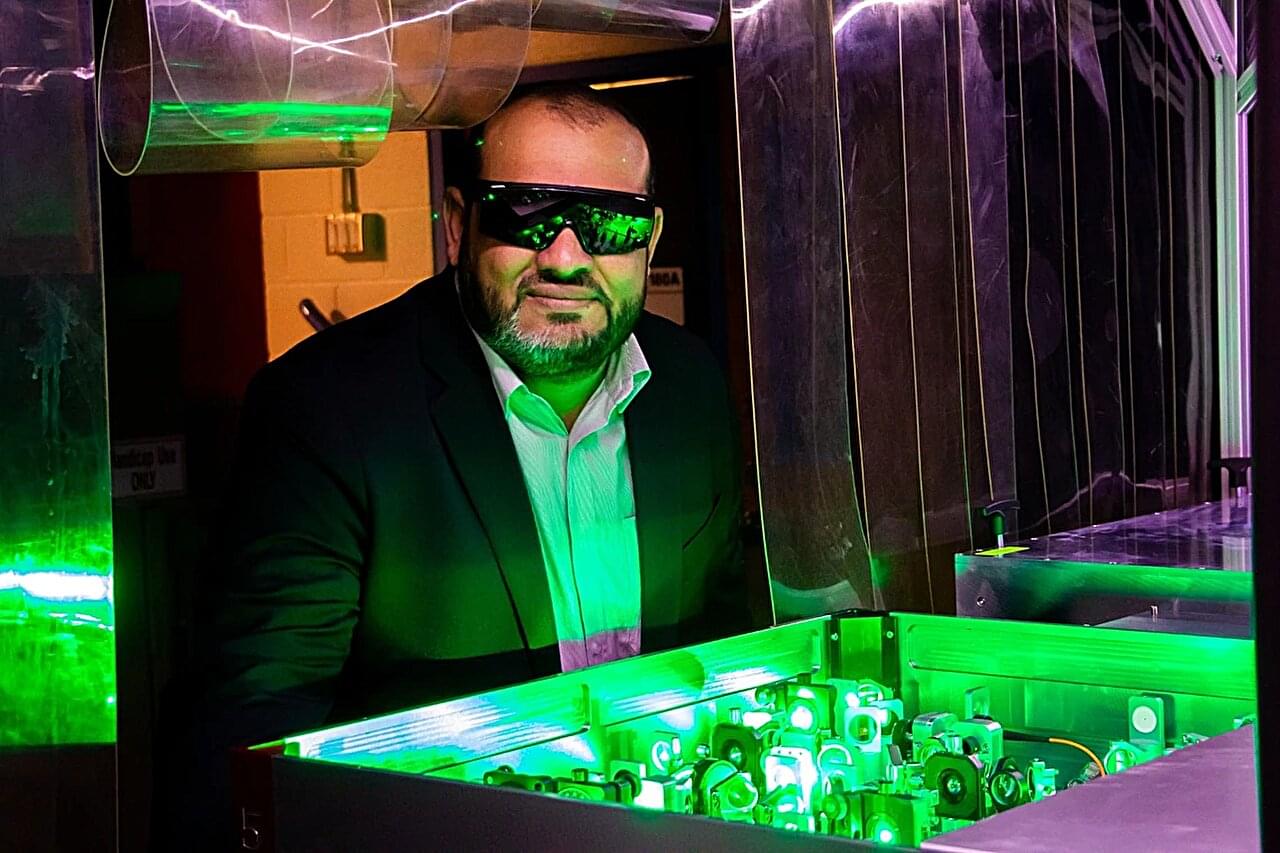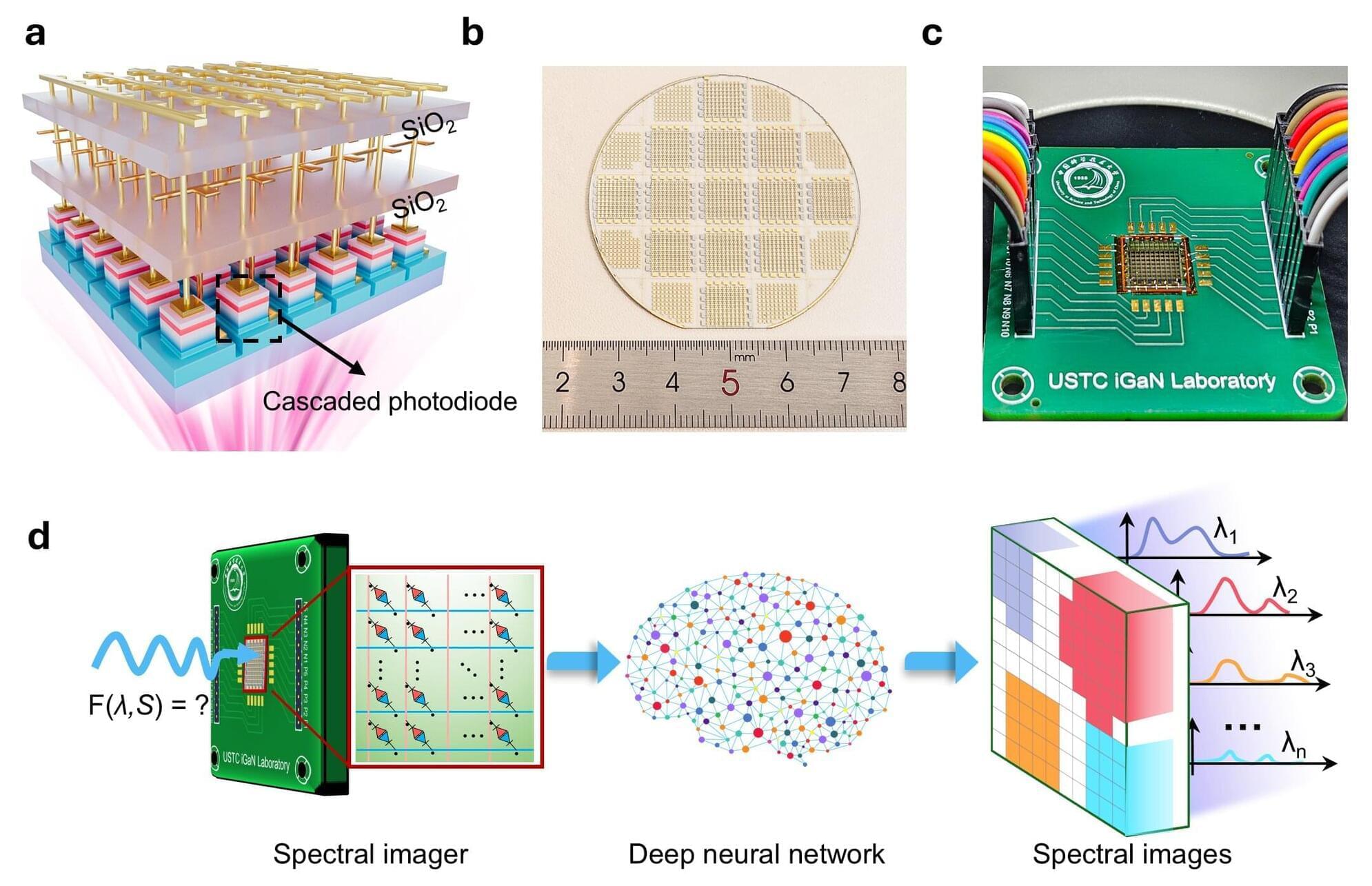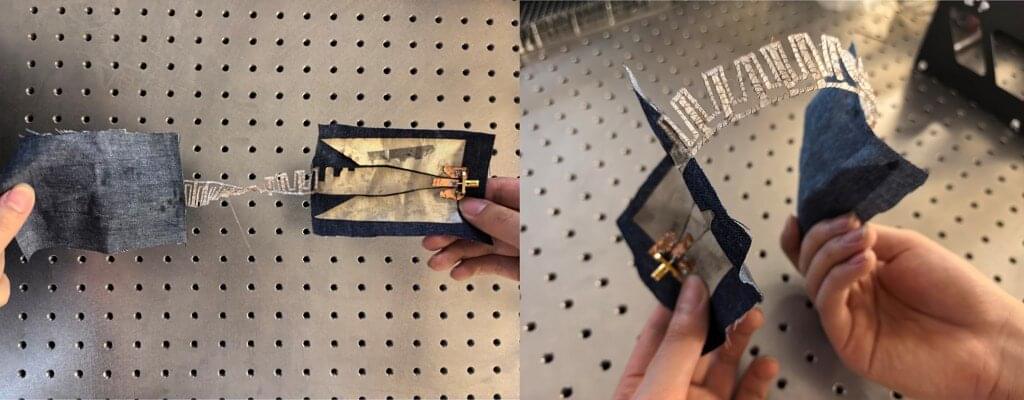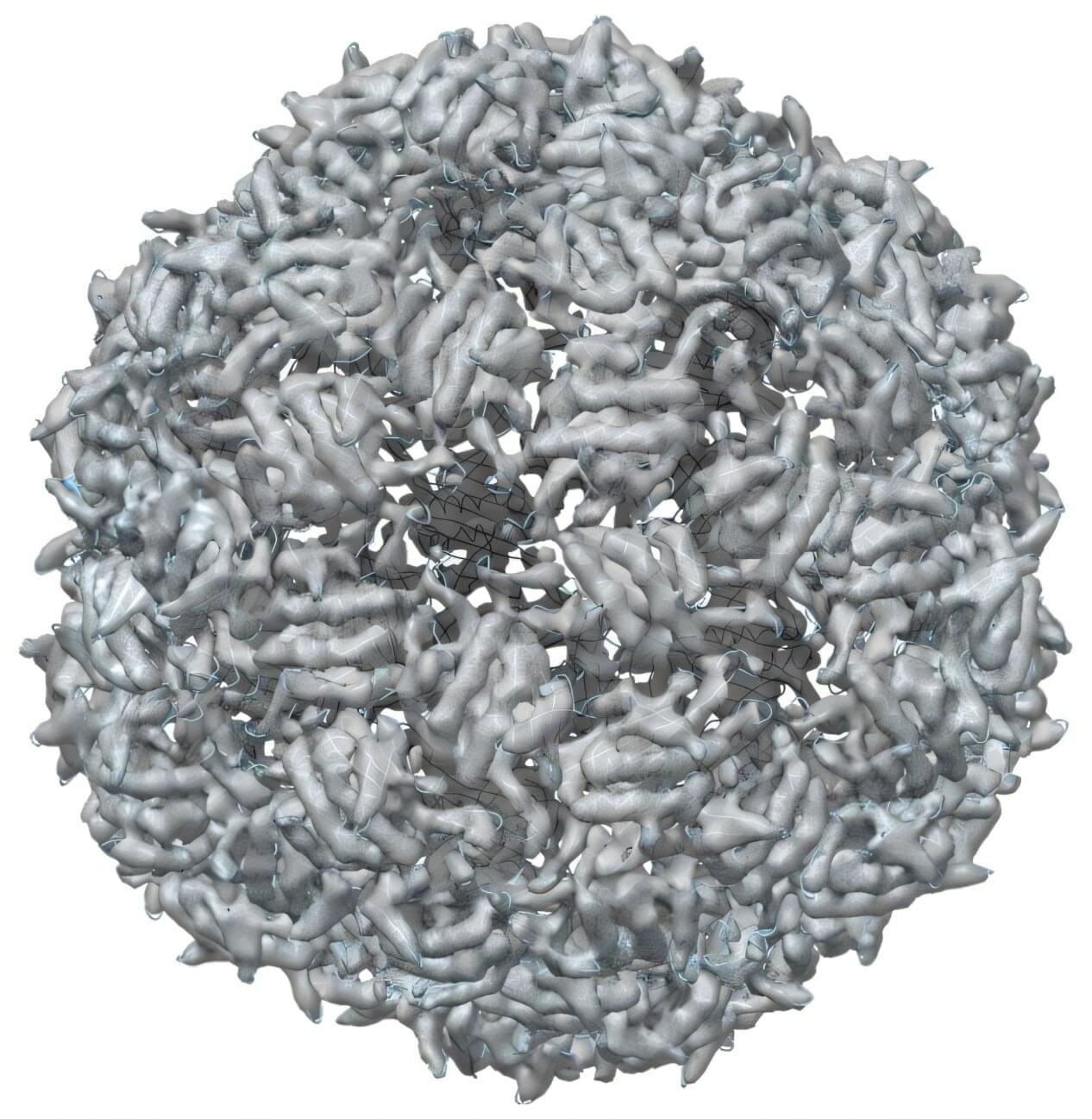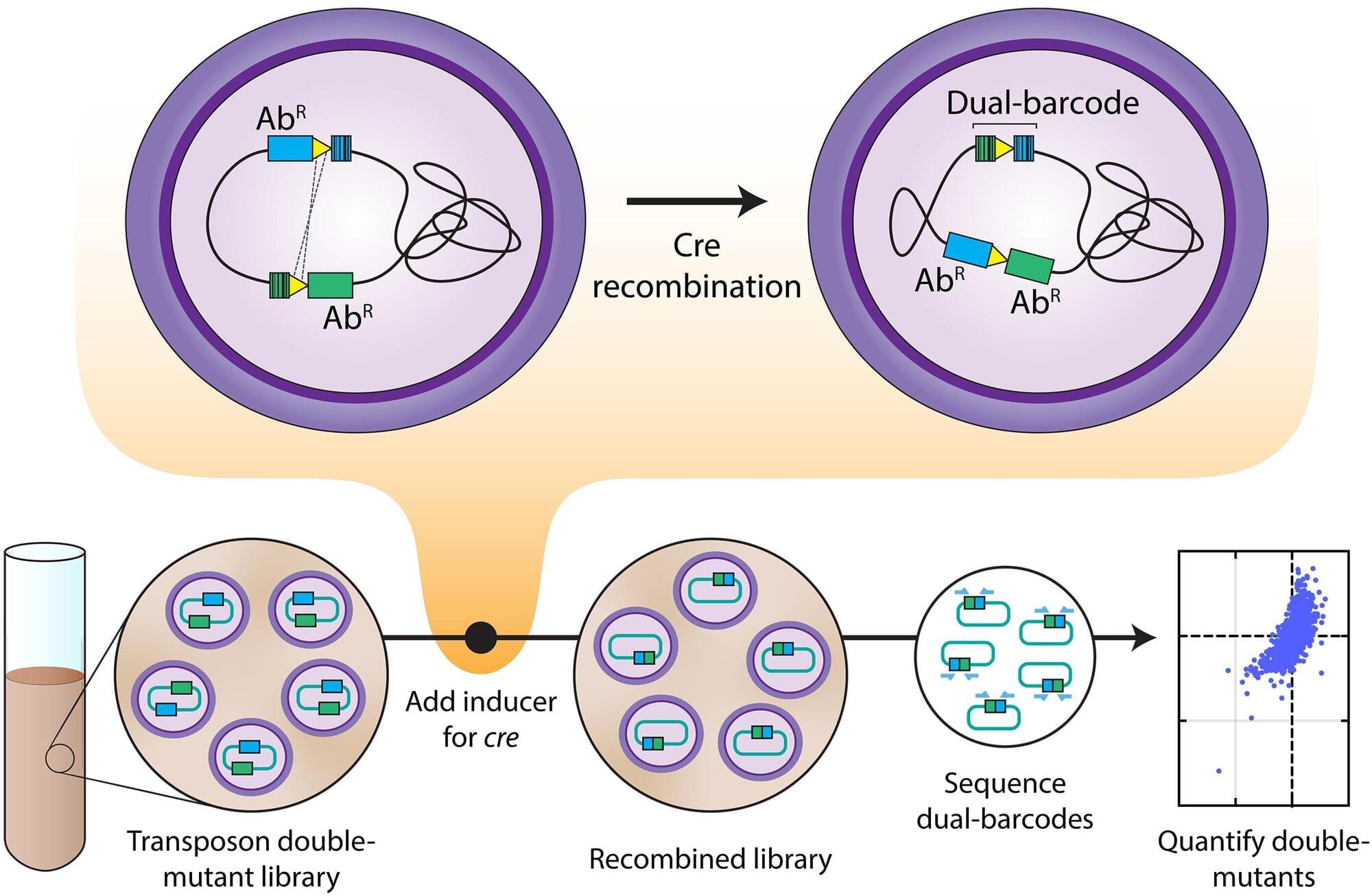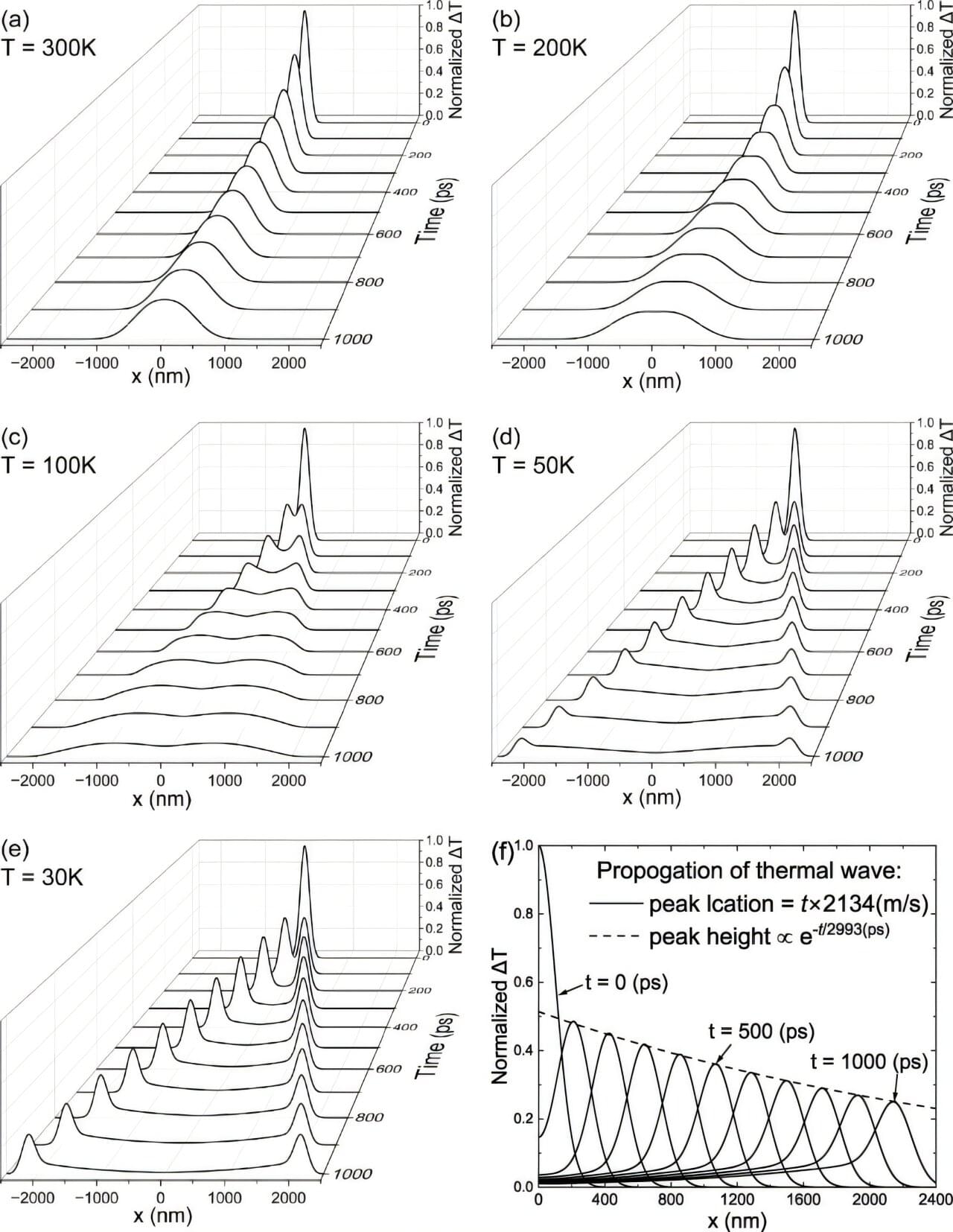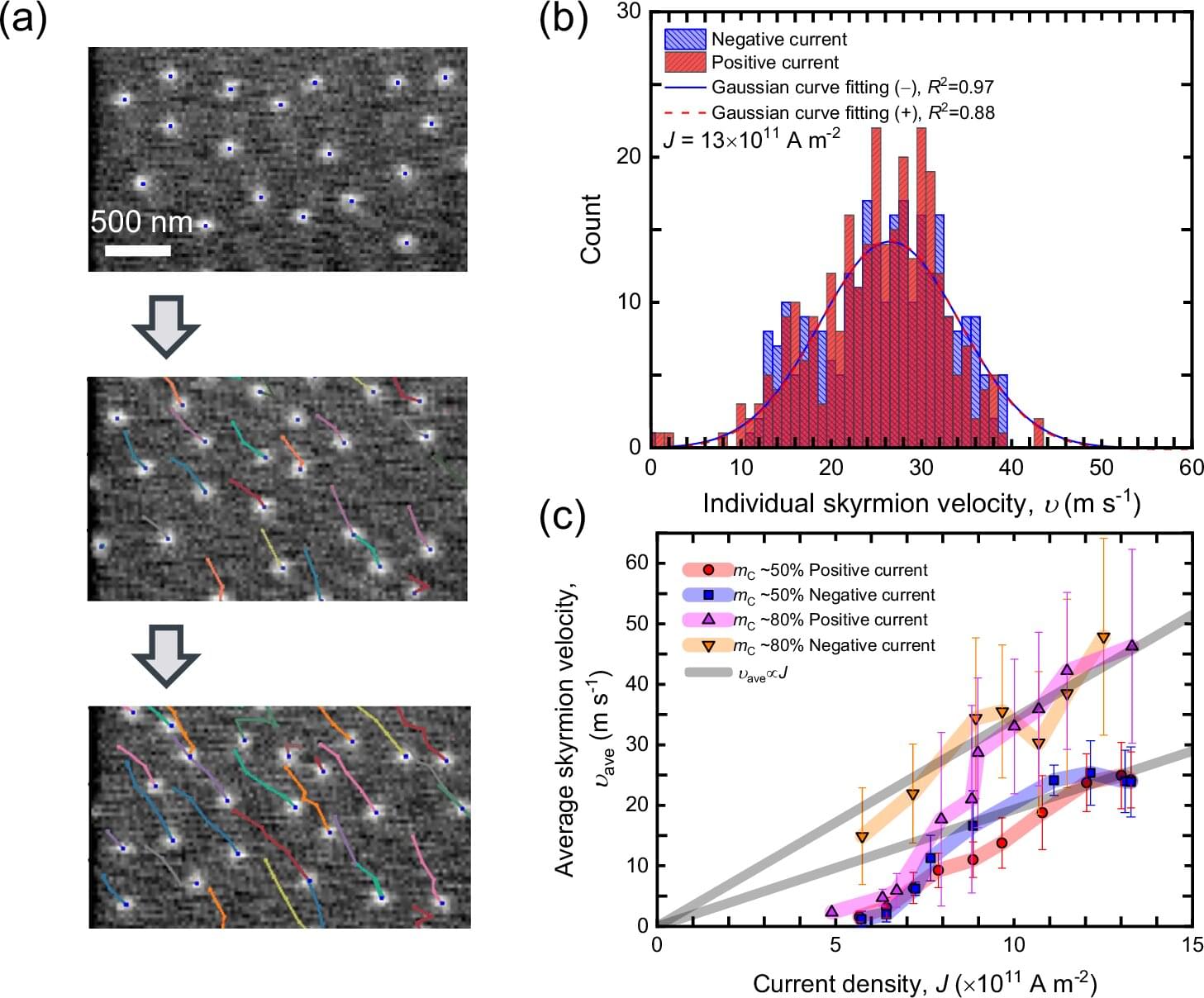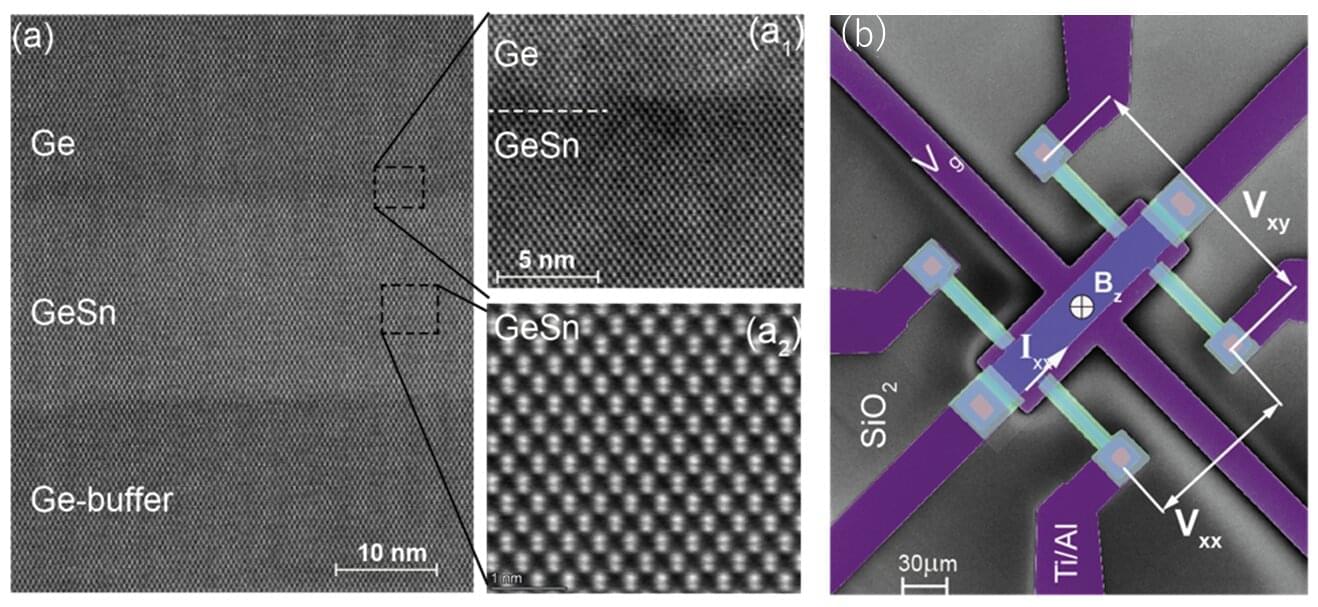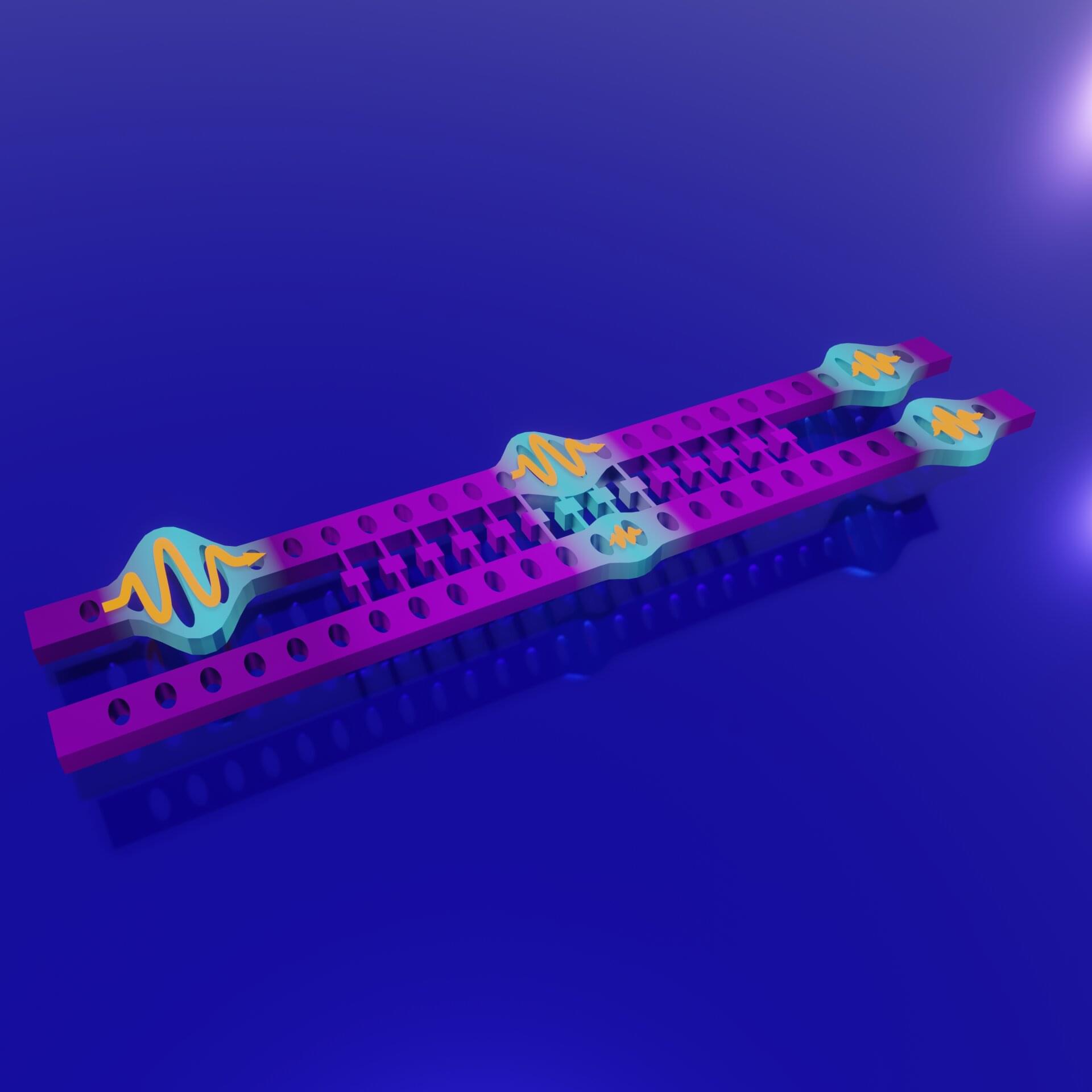Ultrathin structures that can bend, focus, or filter light, metasurfaces are reshaping how scientists think about optics. These engineered materials offer precise control over lights behavior, but many conventional designs are held back by inefficiencies. Typically, they rely on local resonances within individual nanostructures, which often leak energy or perform poorly at wide angles. These shortcomings limit their usefulness in areas like sensing, nonlinear optics, and quantum technologies.
A growing area of research looks instead to nonlocal metasurfaces, where interactions between many elements create collective optical effects. These collective behaviors can trap light more efficiently, producing sharper resonances and stronger interactions with matter. One of the most promising possibilities in this field is the development of photonic flatbands, where resonant behavior stays uniform across a wide range of viewing angles.
Another is creating chiral responses, which allow devices to distinguish between left-and right-handed circularly polarized light. Until now, however, achieving both flatband and chiral behavior with high efficiency on a single platform has remained a major challenge.

